Over the last few years, Ketamine treatment, formally known as Ketamine Assisted Psychotherapy, has seen a great deal of attention from mainstream news. In these headlines, Ketamine has been given many names and worn many hats, from lifesaving medical painkiller to club drug of abuse.
Now with the psychedelic renaissance underway, Ketamine is being utilized in an increasing number of clinics across the US for healing mental illness. This mixed media coverage and vague headlines about an experimental treatment method can often be confusing for prospective patients seeking information about their treatment options. What news headlines often fail to highlight is that Ketamine is an established compound that has been used in medicine for many decades.
History of Ketamine – Crash Course
Ketamine was first synthesized in 1962 by an established team of chemists looking for a compound that would numb one’s pain and relax one’s muscles during surgery. These compounds, called anesthetics, didn’t suppress vital functions like opiates making them ideal for operations. Unfortunately, the anesthetic compound used prior to Ketamine caused changes in blood pressure and intense hallucinations, making Ketamine a much safer alternative.
Ketamine was then tested for the following seven years for a variety of conditions and was even offered as a prescription medication under the name Ketalar starting in 1969. By 1970 the FDA approved it for human consumption, and it was used extensively in medical operations during the Vietnam War, where it saved countless lives.
Even in 1973, when the DEA was established and US drug policy began to shift, ketamine was recognized for its medical value and remained unscheduled. It wasn’t until 1999 that ketamine and its various forms were made schedule III drugs in the US. Ironically only one year later, the first study covering the antidepressant effects of Ketamine was published in the US. Prior to that point, all studies of this nature had been conducted abroad.
Ketamine Today
Over the past two decades, the positive clinical results on Ketamine for mental health conditions have been replicated in numerous studies, helping solidify its place as an effective treatment for various mental illnesses. Ketamine has also seen increased attention in part due to the overall “psychedelic renaissance”. More specifically, a marked interest surrounding the medical and healing properties of psychedelic compounds such as Psilocybin, MDMA, and Ayahuasca.
While many of these psychedelic compounds are yielding positive results in clinical trials, they’re still illegal in the US with no federally recognized medical value. This is in contrast to Ketamine which, while considered psychedelic, is readily used in medical treatments and has widely accepted medical value. This unclear distinction between the legal Ketamine and other psychedelic compounds muddies the waters for prospective patients looking to better understand treatment options.
Ketamine Going Forward
The next time you hear Ketamine referred to as an experimental compound or someone jokingly calls it “Horse Tranquilizer”, just remember that Ketamine has been used in medicine for decades and has proven to be safe and effective for a wide variety of conditions. As Ketamine once again gains the attention of mainstream medical communities and the general public, perhaps one day soon, the misconceptions surrounding it will fade.
- Maddox, V. H. (1965). The synthesis of phencyclidine and other 1-arylcyclohexylamines. Eindhoven University of Technology Research Portal. https://research.tue.nl/en/publications/the-synthesis-of-phencyclidine-and-other-1-arylcyclohexylamines
- SZAPPANYOS, G. G., BOPP, P., & FOURNET, P. C. (1971). THE USE AND ADVANTAGE OF ???KETALAR??? (CI-581) AS ANAESTHETIC AGENT IN PEDIATRIC CARDIAC CATHETERISATION AND ANGIOCARDIOGRAPHY. Survey of Anesthesiology, 15(1), 63???64. https://doi.org/10.1097/00132586-197102000-00044
- Domino, E. F., & Warner, D. S. (2010). Taming the Ketamine Tiger. Anesthesiology, 113(3), 678–684. https://doi.org/10.1097/aln.0b013e3181ed09a2
- Our History. (n.d.). DEA. https://www.dea.gov/about/history
- 1999 – Placement of Ketamine into Schedule III. (n.d.). Diversion Control Division. https://www.deadiversion.usdoj.gov/fed_regs/rules/1999/fr0713.htm
- Berman, R. M., Cappiello, A., Anand, A., Oren, D. A., Heninger, G. R., Charney, D. S., & Krystal, J. H. (2000). Antidepressant effects of ketamine in depressed patients. Biological Psychiatry, 47(4), 351–354. https://doi.org/10.1016/s0006-3223(99)00230-9
- Kokkinou, M. (2017, October 3). The effects of ketamine on dopaminergic function: meta-analysis and review of the implications for neuropsychiatric disorders. Nature. https://www.nature.com/articles/mp2017190



